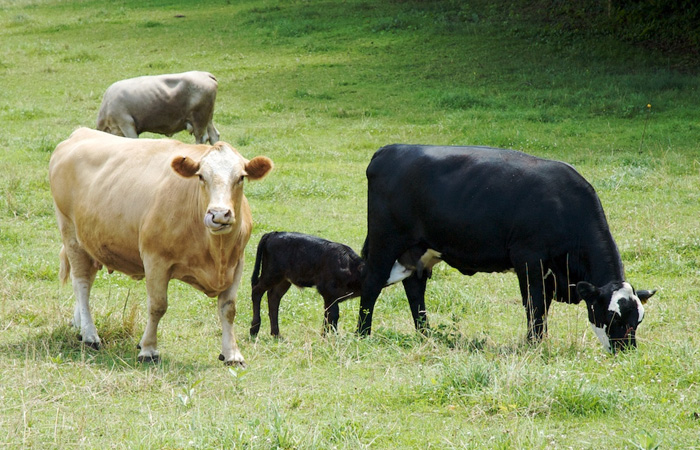Rethinking Lifestyle
Should We All Go Vegetarian?

There are at least two distinct camps arising in the food awareness movement. One camp advocates that we should eliminate livestock agriculture entirely. They are on the forefront of the current drive for “beyond meat”, “impossible burger” and many other plant-based beef, pork, chicken and fish substitute products.
These advocates of a greener earth use data such as, 77% of useable land is used by livestock and only 23% by crops, it takes one acre of land to produce 250 pounds of beef and that same acre could produce 30,000 pounds of carrots. For them, the logical solution to our food problems seems to be to eliminate livestock and switch to plant based diets.
But before we embrace that point of view entirely, we need a thorough look at what livestock we raise and how we raise that livestock. Monogastric animals such as pigs and chickens require mostly grains that could be used directly for human consumption. And, if you don’t look at the big picture, it looks like pigs and chickens are more efficient food energy users than beef and sheep. The feed conversion ratio, that is the amount of feed required to raise 1 kg of chicken is less than 2 and that for pigs is less than 3, whereas that for beef is 12. In other words, it takes 12 kg of plant material to raise 1 kg of beef.
But beef and sheep are ruminant animals and can convert grass and other nonhuman plant materials to make their gains. If we raise beef and sheep the way they were designed to be raised, then we use no grains to raise ruminant animals.
The other factor making beef and sheep the ideal animal for integrating into a crop farm is that they use only 20% of the nutrients they consume and deposit the rest (80%) back onto the farmland in the form of plant available fertilizer. A proper crop rotation, which includes livestock, requires no additional artificial fertilizers, substantially reducing the amount of greenhouse gases emitted by that farm.
Not only are grass fed beef good for the land and the farm but they are healthier in the human diet. Grass fed beef has higher omega-3 fatty acids and conjugated linolenic acid (CLA) than grain fed beef. Both of acids are much healthier for the human diet.
I agree that we should cut back on the amount of meat that we eat. There are excellent protein sources in plants. I also have empathy and understanding for vegetarians that are not eating meat because of the way that our meat is raised. But there is a non-vegitatrian alternative that is healthy for the land and healthy for the diet.
The most recent January 2020 report from the Intergovernmental Panel of Climate Change (IPCC) says, “We do not want to tell you what to eat but reducing your meat consumption…” would go a long way to reducing carbon dioxide emissions. Unfortunately, the report faults ruminants as major culprits of greenhouse gas emissions without referring to the way that it was raised.
Public perception is reality and fortunately reducing meat consumption regardless of the way it was raised is good for everyone. But we should not vilify grass fed beef that is properly integrated into a regenerative crop farm.




